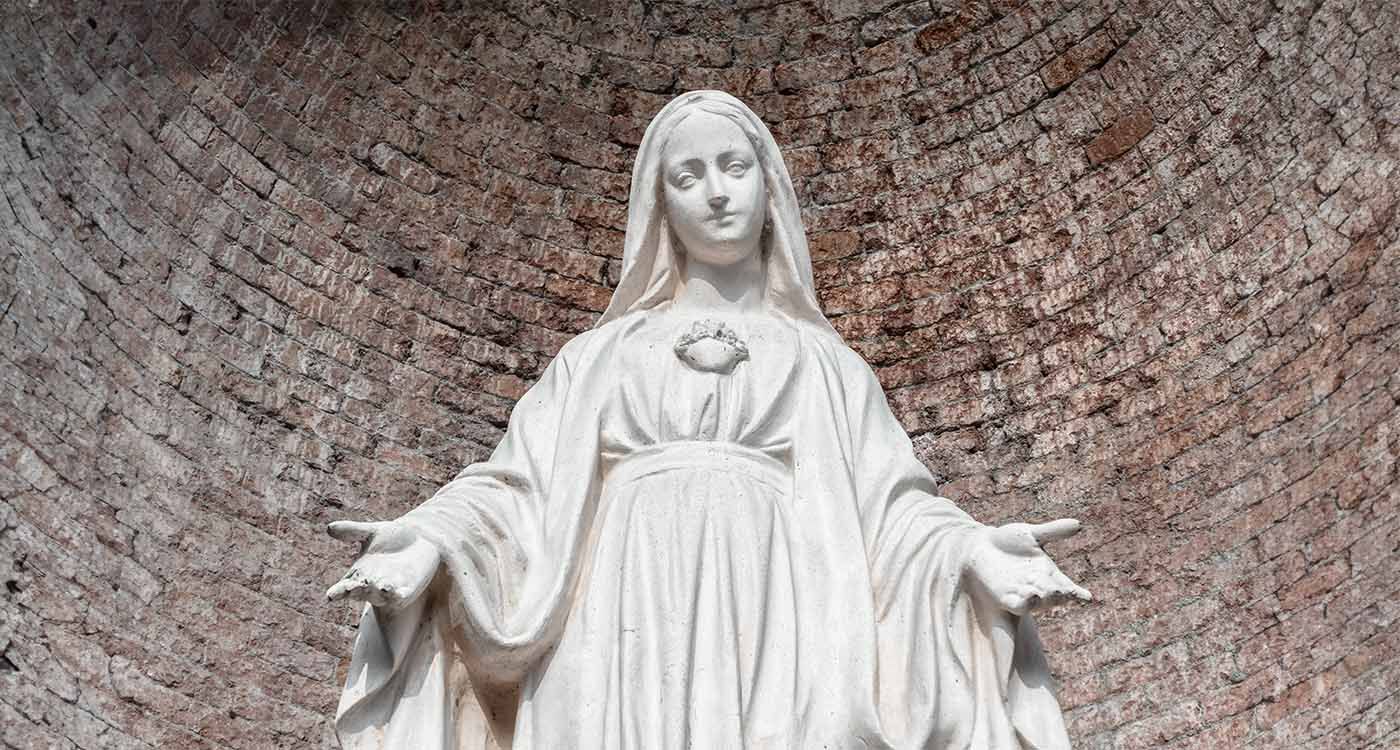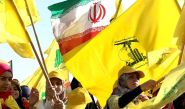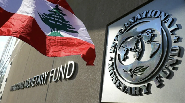
The month of May has, for centuries, been dedicated to Mary. In Lebanon, the feast of Our Lady of Lebanon is celebrated on the first Sunday of May. On May 13, 1917, the Blessed Virgin appeared to three shepherd children in Fatima, entrusting them with messages—once considered "secrets"—that, though now revealed, continue to stir the conscience of the world. Shot in Saint Peter’s Square on that same date in 1981, Pope John Paul II understood the weight of those revelations in his flesh and spirit.
According to the Virgin’s message, after great trials—of which Lebanon has had a painful foretaste for more than half a century—peace, the highest good imaginable, will be granted “for a time.” Yet this promise is not unconditional. In Christianity, there is no fatalism. Mary's words to the children of Fatima began with a warning: "If people do not listen to me..." Everything with God is conditional, and therefore, rooted in freedom—the freedom to give oneself to Him or to turn away. Had Pope Francis done nothing else but strive to make the Church a listening Church, as he sought to do in the final three years of his life, that alone would have been a monumental achievement.
Historians, poets, and theologians have long suggested that the biblical village of Cana—where Jesus performed his first public miracle at Mary’s prompting—might be located in southern Lebanon, near Tyre. Regardless of the site's true location, it remains that the Christians of Lebanon have embraced Mary with singular devotion. And in return, she has wrapped Lebanon in her protective mantle—as one would a beloved homeland.
One of her lesser-known yet extraordinary visits took place during Easter of 1970 and went largely unnoticed by the Eastern apostolic Churches. Only the Syriac Orthodox Basilica of Saints Peter and Paul in Mousseitbé retains memory of that spectacular nocturnal apparition—no less remarkable than her well-documented appearances in Zeitoun, Egypt, in 1968. This event is commemorated each year on the first Sunday after Easter, known in the Eastern Churches as the feast of Saint Thomas the Apostle—the one who believed only after seeing—and in the Latin Church, after John Paul II, as Divine Mercy Sunday.
The marvels accomplished by the Virgin Mary in Lebanon defy enumeration. Who can question, even for a moment, the role she played in the life of Saint Charbel and other towering figures of holiness—luminaries who continue to guide us through the darkness of doubt? Among these figures, the Church has yet to fully recognize one of the most remarkable women of our time: Mathilde Riachi, an illiterate woman who deciphered the Trinitarian structure embedded in the Arabic alphabet, and whose insight inspired the great Lebanese Christian philosopher Kamal Youssef el-Hage to write some of his deepest works.
"Come down from the cross so that we may believe in you," they mocked Jesus on the Cross. In much the same way, the prayer ministry of this visionary woman was initially dismissed with scorn. Her warnings of Lebanon’s descent into war were largely ignored—and tragically, only partially heeded.
From East to West, the Virgin Made Herself Known. During Lebanon’s civil war, the Blessed Virgin spared no effort to be present to tens of thousands of her children—most notably through the mystic Mathilde Riachi. Her hospitality, memory, prayers, and sacrifices still await proper recognition and investigation by the Melkite Greek Catholic Church. At a time when Lebanon's borders are again vulnerable, who could forget the extraordinary gesture she made in the 1970s—burying a barrier of small tin crosses throughout the land? Discreet yet enduring, they are believed to shield the nation through both tangible and mysterious means.
"Lebanon belongs to me!"—these bold words were spoken by Mathilde, in the name of the Blessed Virgin. And they are echoed in the silent presence of her great statue in Harissa, towering above the Mediterranean, at the sanctuary founded in 1908 in honor of the Immaculate Conception. There is nothing the Virgin would not do to preserve her homeland from destruction.
Ask the cloistered Carmelite sisters of Harissa about one of the most astonishing events of that era—a motherly visit they received during the “war of liberation,” as Syrian artillery rained down from the heights of Ouyoun el-Simane.
It was May 6, 1989. Around 2:00 PM, the sound of machine-gun fire echoed through Jounieh. The sisters, sheltered in their convent and hesitant to approach the terraces, thought, “It must be a wedding... or perhaps a funeral.”
Then, around 4:00 PM, the phone rang unexpectedly. On the line, a woman’s voice called out to the Carmelite superior: “Mother, don’t you see that the Virgin is turning?”—an Arab idiom meaning the statue of the Virgin at Harissa was moving, turning her gaze in various directions.
Mother Teresa of Jesus, a Spanish Carmelite, answered gently but hesitantly. The woman, however, insisted, her voice rising with conviction: “Yes, yes, Mother, I assure you! She’s been turning for two hours! Didn’t you hear the machine guns announcing her?”
The superior, unaware that in Lebanon such mystical events could be heralded by gunfire, responded with charity and curiosity. “The Virgin is turning… really, what suffering,” she muttered to herself. Seeing nothing at first, and knowing it was the first Saturday of the month, she suggested the sisters gather at a window with a clear view of the statue and begin praying the rosary for peace.
No sooner had they begun than the unimaginable occurred: the statue of the Virgin, normally fixed atop the Harissa tower, appeared to come alive. She turned toward the monastery like a living person, and began to draw near.
What followed was an outpouring of awe—prayers, tears, hymns, and cries of wonder. The vision hovered there, smiling, for a few precious minutes, before returning silently to her place above the sanctuary.
"It was something beyond words—floating, alive, smiling..." Mother Teresa of Jesus would later recount. "We only saw her upper body, as in a medallion. She was about four meters from the window. It wasn’t stone. Her veil moved. It was Her—not a cloud. Something alive. What captivated us most was her smile. We sang. She didn’t speak, but we felt, deep in our hearts: ‘Do not be afraid. I am here.’ She was at ease—and we were even more so. But it’s something that cannot be explained.”
Indeed, let us not burden such grace with unnecessary explanations. Let us simply recognize that in Lebanon, when the Virgin "turns," the whole world turns with her. Her intercession is all-powerful, and the key to peace rests in her hands—if only we are willing to listen.
(*) The full account of this wartime episode is recorded in the book Devastation and Redemption: A Chronicle of the Virgin’s Apparitions in Times of War, published by the Institute of Islamic-Christian Studies at Saint Joseph University, with a foreword by René Laurentin (currently out of print; a reprint is in progress).



Comments